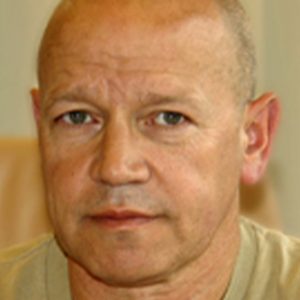ELSC Heller Lecture Series
Home » Heller Lecture Series » Neural Circuits in the Cockpit of the Fly
Heller Lecture Series in Computational Neuroscience
Prof. Alexander Borst
Director, Max Planck Institute of Neurobiology, Martinsried, Germany

On the topic of:
Neural Circuits in the Cockpit of the Fly
When a fly is buzzing around, the images of the environment constantly flow across its eyes. The distribution of motion vectors in the animal’s visual field is called ‘optic flow’. The optic flow contains a wealth of information about the animal’s own course and, thus, is used extensively for visual course control. In the fly, visual signals are processed in several consecutive layers of neuropile. As the single most important computation along this way, local motion vectors are calculated by elementary motion detectors. As a result, the optic flow is now represented by somewhat we might call a ‘Neural Flow’. These signals are spatially pooled in the lobula plate by a set of large tangential cells. Tangential cells are often tuned rather specifically to a particular optic flow. Their output can therefore be directly used for compensatory head movements or course correction maneuvers. As a technical application, the analysis of the neural circuits underlying visual course control in the fly led to the development of an aerial robot.
When
Where


